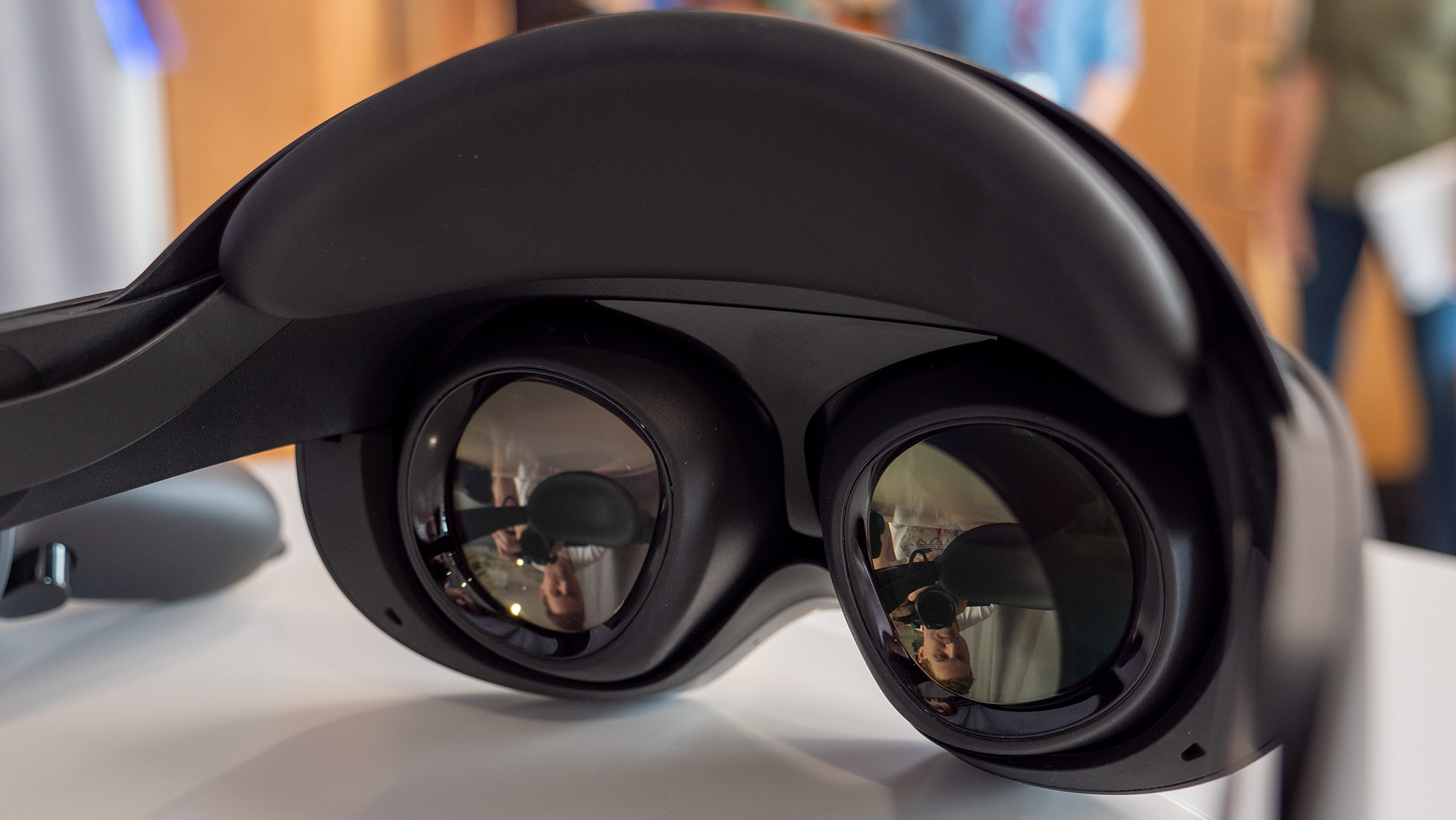what you need to know
- According to the Korea Economic Daily, Meta CEO Mark Zuckerberg will meet with LG CEO Cho Joo-wan on Wednesday to plan to establish an “AI-XR Alliance.”
- LG will reportedly develop the hardware and lend its webOS TV interface to the Meta Quest Pro 2, which is expected to launch in the first quarter of 2025.
- Meta may introduce its artificial intelligence services to LG home appliances and IT services.
- Previous rumors suggested that the Quest Pro 2 would be priced at $2,000.
According to industry sources, the CEOs of Meta and LG will meet in South Korea on Wednesday to discuss the “AI-XR Alliance.” Among the items on the agenda, Meta will be enlisting LG’s help to create the Meta Quest Pro 2, its second attempt at a high-end productivity XR headset.
According to Google Translate, the Korea Economic Daily (via UploadVR) stated that “the two companies plan to release the highest-performance XR headset in the first quarter of next year, surpassing Apple’s ‘Vision Pro'”.
While early 2025 sounds like a quick turnaround on paper, the first we heard about the Meta-LG Quest Pro 2 was in September 2023, with a price target of $2,000 — $1,500 less than the Vision Pro, but less than The Meta Quest Pro was $1,000 more expensive, and the price dropped $500 a few months after launch due to poor sales.
Meta is said to have canceled another Pro 2 prototype launched this year, codenamed Funston, and then moved on to a prototype built by LG.
KED said the meeting will solidify plans made months ago while working out how to target a launch date in early 2025, “what services to include and how to develop a sales strategy.”
While LG will handle the hardware and Meta the software, the report says the Quest Pro 2 will instead use a new operating system based on LG’s WebOS, paired with Meta’s own on-device AI.
Meta will also bring its AI technology to LG’s home appliances (such as TVs), most likely as a virtual assistant chatbot that can be controlled remotely. We believe Meta’s “human-level artificial intelligence” will take more time before moving toward any commercial product.

Meta has the gaming VR market cornered, but when it comes to productivity XR headsets, it has to compete with the Apple Vision Pro, rumored Samsung XR headsets, Sony XR headsets, and even Huawei XR headsets. In this environment, it makes sense for Meta to partner with a major manufacturer that has experience in both hardware and software, where Meta’s competitors have an advantage.
Its biggest competitor, the Apple Vision Pro, benefits from the App Store and access to thousands of apps, while Meta struggled to get many productivity apps to make XR-ready software for the Quest Pro. It’s also touted as a great device for streaming content in virtual theaters such as Disney+.
While the Quest 3 has a surprisingly good collection of media apps, they’re strictly VR apps and lack mixed reality pass-through functionality or any of the future controls offered by Vision Pro. In theory, though, a partnership with LG could help Meta make headway with its regular streaming app partners.
The Meta Quest UI has also been cited as a weak point of its headset. LG’s WebOS isn’t a particularly advanced operating system, but considering that XR headsets typically use large, rectangular floating displays, we can certainly see how a TV-based operating system might translate well to mixed reality.
In addition, LG’s extensive experience in display manufacturing will help Meta narrow the gap with Apple Vision Pro, which has 11.5 million pixels in each eye and provides lifelike visual effects. In theory, workers must wear productivity headsets throughout the day, which require a clear visual experience to help users avoid eye strain and headaches.
Is that enough to justify Meta charging people $2,000 (allegedly) for a Quest Pro 2? That will depend on the quality of the experience, and whether Meta can poach enough Apple Space partners to bring their productivity software to other headsets. In this case, Meta can be an economical alternative to Vision Pro.